Ford has shared an update on its Formula 1 preparations ahead of its entry in 2026.
The American automotive giant is teaming up with Red Bull when the sport enters a new era in two years' time.
New chassis regulations are set to be introduced, however Ford's focus will be on the Power Unit side of operations as it ties into a partnership with Red Bull Powertrains.
Electrical energy will amount to 50 per cent of the engine output for the new Power Units, with Ford brought on board due to its battery and electric motor technology expertise.
Ford CEO Jim Farley shared a positive update on its progress as it continues to build towards its entry.
“I had a chance to spend a lot of time with the team in Milton Keynes, and with Adrian Newey, and I think we're on track,” he said, as quoted by Motorsport.com.
“2026, even though it sounds like a long way away, we have a lot of work to do on the powertrain, but I'm really happy with the progress. I wish I could tell you more, but I would say we're on track.”
Viewed by others:
Road car benefit
F1's switch to increase electrical output is another step in its sustainability push and comes at a time when more electric vehicles are being sold on the road.
Farley stated that F1's expansion to more electrical power was an attractive avenue that brought about its return after almost two decades absent from the sport.
“We're going back to F1 in a way that we haven't in the past,” added Farley. “It turns out that the best aerodynamics in the world are in Formula 1, the best telemetry, the best digital diagnostics.
“And, actually, we need all those things for electric cars. So it's actually going back to the 70s with a pure tech transfer.
“This is not like owning our team. We're going there to literally transfer technology. We can offer battery tech for them, because in ‘26, they're going to go to like 50% electric, and they need high discharge batteries. We do that in NHRA, for example.
“And, on the other hand, we can get telemetry, digital diagnosis, as well as aero, which we can put in our production, electric cars to make the battery smaller.”
Most read
In this article
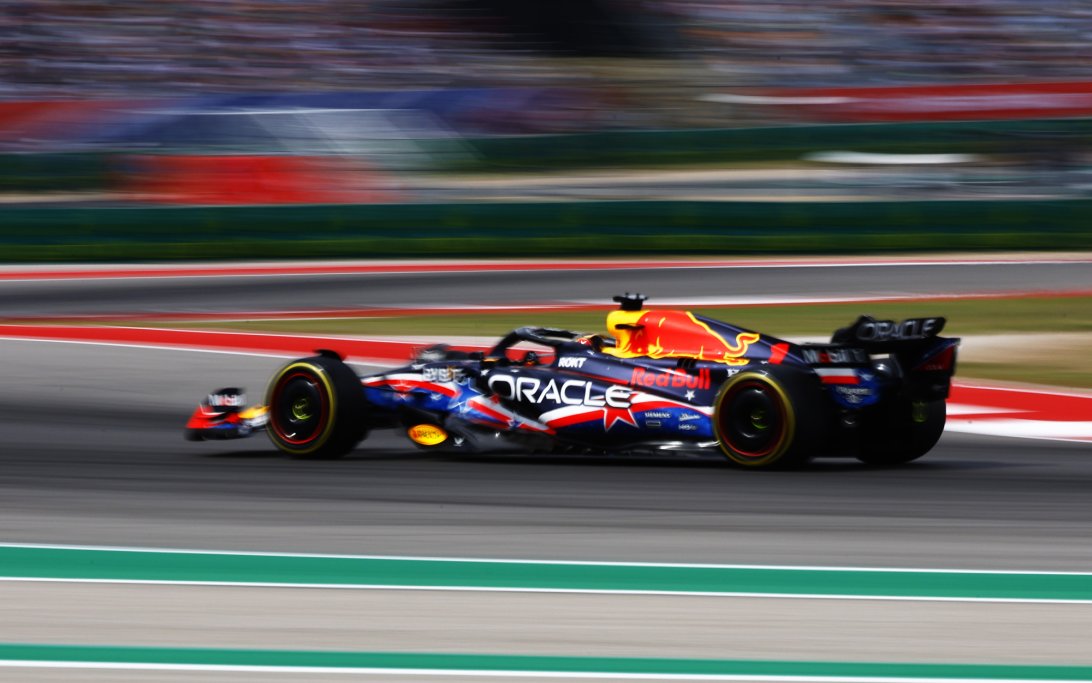
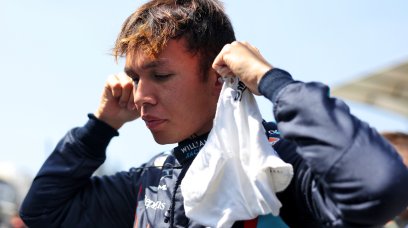
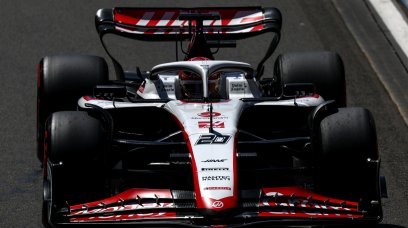
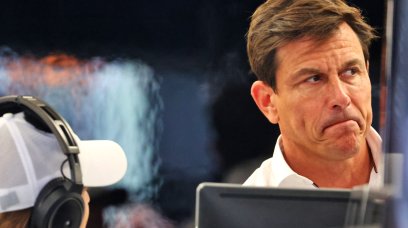
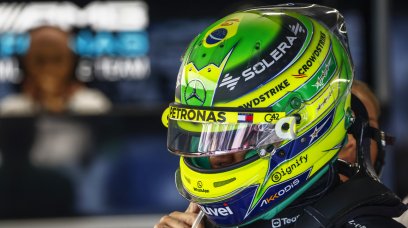
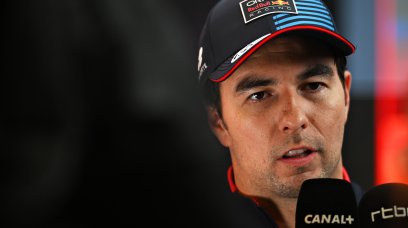


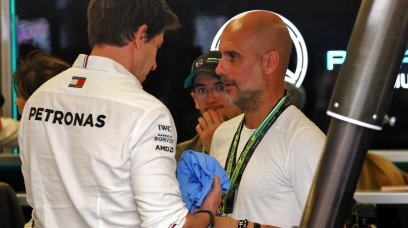














Join the conversation!